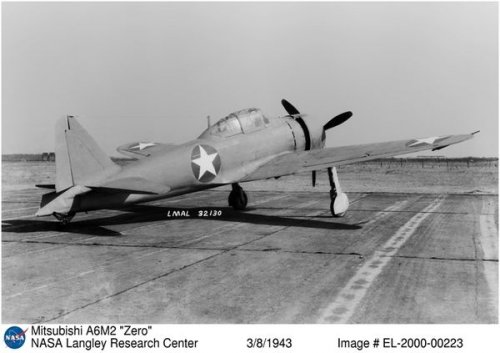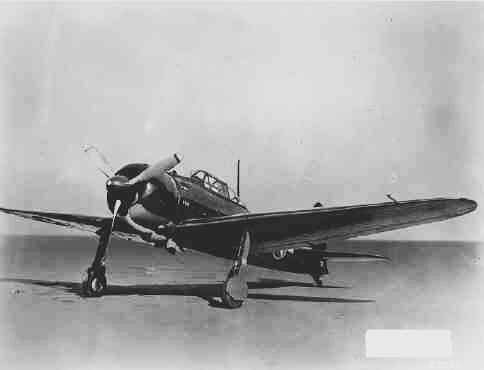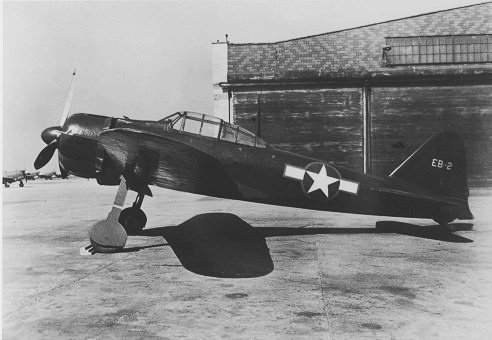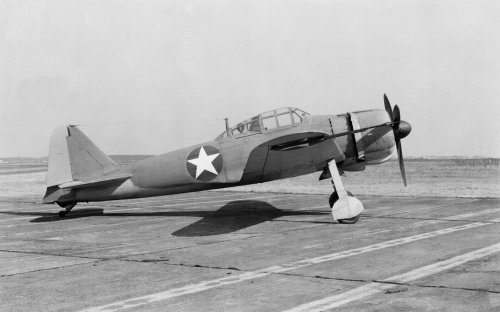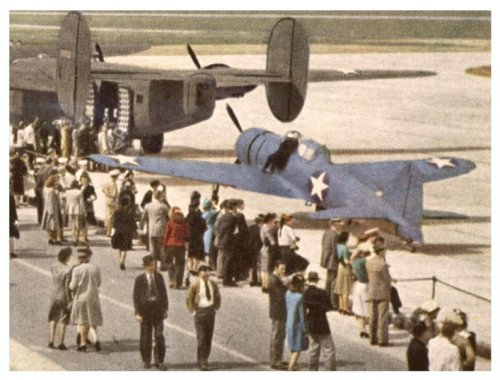#3372 was the first very first intact Japanese A6M2 Zero captured as a prize of war. Built as c/n 3372 by Mitsubishi on October, 21 1941, this Zero was regularly assigned to Lt. Inano. The aircraft was painted gray and had a diagonal yellow strip on the fuselage, rear of the hinomaru. Also, two blue bands around the tail number, which was painted white and outlined in red. It took off before dawn on a ferry flight from Tainan Airfield for Saigon, with a refueling stop at Hainan Island. Two Zero became separated and lost due to bad weather, this aircraft and another A6M2 Zero piloted by Shimohigashi. Over the coast near Qian Shan on the southeastern coast of Leichou Panto, both pilots force-landed on the beach. Inoue was successful, but Shimohigashi’s Zero fighter was extensively damaged during the beach landing. The exact fate of the pilot is unknown. Reportedly, he was captured by Chinese forces and never returned.It was pulled off the beach by the Chinese, along with the other Zero that had force-landed. Transported over several months to Liuchow, it was reassembled there by Chinese mechanics. During re-assembly it was found that the fuselage panels aft of the cowling had been lost during its trip north. Therefore, the Chinese mechanics replaced the missing parts. Reportedly, Major General Nathan F. Twining, then Director of war Organization and Movement, went to China and was shown the remains of this Zero and subsequently informed General Chennault.
Two 76th Fighter Squadron personnel later arrived at Liuchow and inspected the Zero, and an American photographer documented the aircraft. The Zero had been repainted with Chinese Air Force markings and the Chinese serial, P-5016. 75th FS C.O. pilot Alison was the first American to fly this Zero to Kweilin. It suffered a force landing due to failure of the landing gear to extend and was again repaired. Later, the Zero was flown by at least five other American pilots who called themselves “The Zero Club". In early 1943 the Zero was flown from Kunming to Karachi, India with an escort flight of 23rd Fighter Group Curtiss P-40K Warhawks. One by one, all the Warhawks aborted their escort mission and Zero 3372 arrived in Karachi alone. There, Neumann supervised the crating of the Zero and it was placed aboard a ship bound for the United States as a war prize and for further testing.
Although it sustained some damage during transport, Curtiss Aircraft volunteered to rebuild the damaged Zero once again. After its repair and reconstruction, it now sported USAAF markings and the Evaluation Branch tail code EB-2 on the tail. It underwent further test flights at Wright Field, Ohio and the Army Proving Grounds at Eglin Field, Florida. At Eglin Field the tail number was changed to EB-200. "A report dated 10 March 44 says that Zeke EB-200 had arrived at Wright Field with 30 hrs flying time and had flown no additional hrs since arrival."
The "Curtiss Zero", so to speak, was scrapped or otherwise disposed after the war. Today, a piece of tail fabric with the serial number 3372 and a metal data plate are all the only known remains of this aircraft.
Main sources:
- the PacificWrecks.org website
- the J-Aircraft.com website
- War Prize: The Capture Of The First Japanese Zero Fighter In 1941 by Jim Lansdale
- Koku-Fan Magazine, May 1964, Vol. 13 No. 7, published by Bunrindo Co., Ltd., Tokyo

